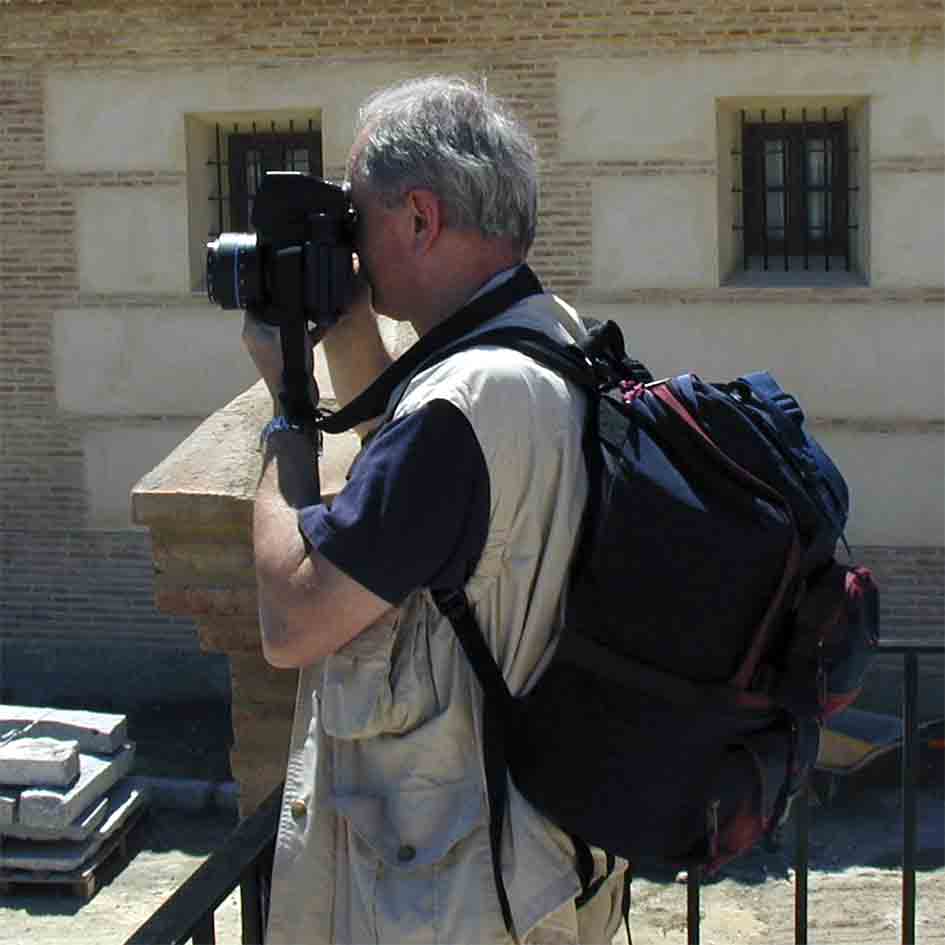| My aim for years has been to obtain the highest possible image quality,
within the limits of reasonable expenditure of money and time. Both
of the latter have precluded my using my 5 × 4 system more than on
a few occasions.
My first camera (apart from one that I used on a couple of occasions as a child) was bought when I was a virtually penniless undergraduate in 1967. I went to a camera shop and said that I wanted a 35mm camera, as I had heard that they were good. The shop sold me a Penti half frame camera, which used 35mm film in Rapid cassettes. Each image was 18 × 24mm. With it I shot slides on Agfa film, and black and white film, teaching myself with the help of “Amateur Photographer” magazine to develop film and make prints, using the university darkroom. My “graduation” to a “serious” camera occurred in 1970. With a beautiful girlfriend (to whom I am still married!), I wanted to take better photographs, and bought a 35mm SLR – a Minolta SRT 101. A year later I added a 135mm Rokkor telephoto lens, and in 1972 the 35mm f/1.8 fast wide angle. I was hooked on producing beautiful colour slides of places as well as people, and black and white prints, which I printed up to 16" × 20". In 1973 I started printing in colour.
|

The photographic backpack carries further lenses, film, etc – naturally! |